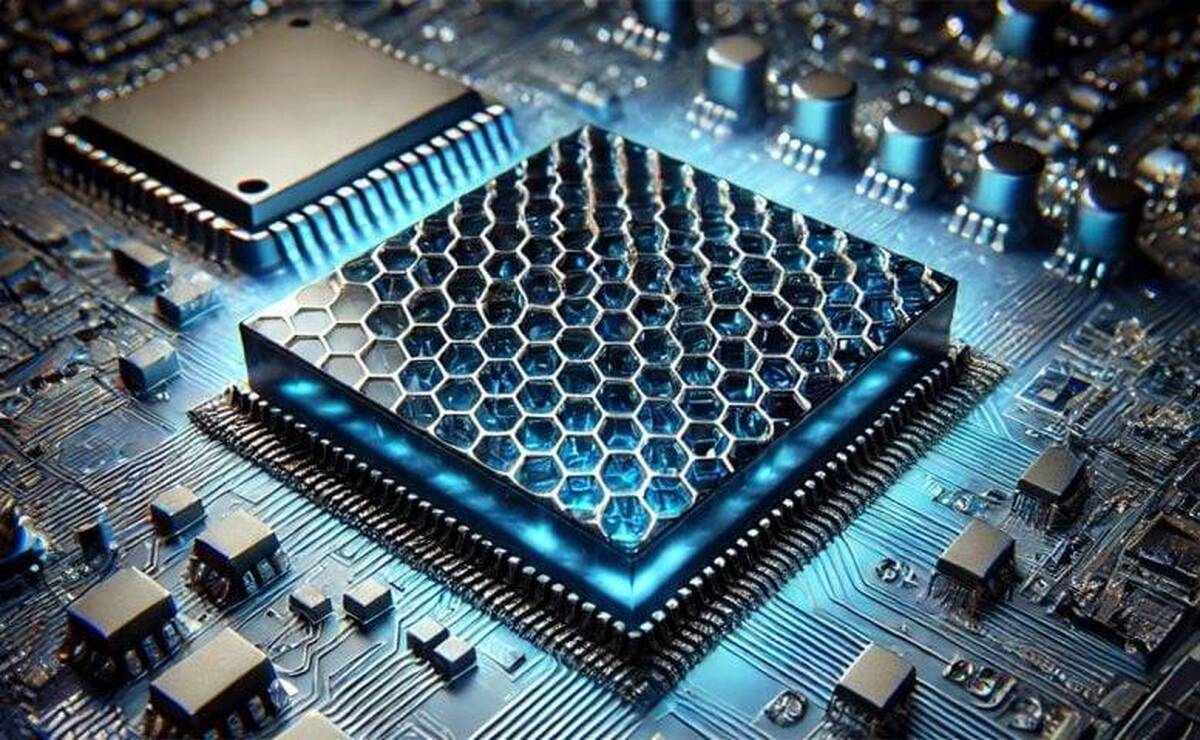Unlocking Quantum Potential of Graphene with Cobalt

Graphene, when layered with cobalt and heavy metals like iridium, shows enhanced quantum effects that are beneficial for spintronics, such as increased spin-orbit coupling and spin canting, the journal ACS Nano reported.
This layering technique leads to the stabilization of vortex-like spin textures, known as skyrmions. A Spanish-German research team found that cobalt layers not only enhance these interactions but also mediate between graphene and iridium, leading to unexpected and synergistic quantum effects.
Spintronics capitalizes on the spin properties of electrons for performing logical tasks and data storage. These devices could potentially outperform conventional semiconductors in terms of both speed and energy consumption. However, generating and manipulating spin textures in materials continues to pose significant challenges.
Graphene, a two-dimensional honeycomb structure built by carbon atoms, is considered an interesting candidate for spintronic applications. Graphene is typically deposited on a thin film of heavy metal. At the interface between graphene and heavy metal, a strong spin-orbit coupling develops, which gives rise to different quantum effects, including a spin-orbit splitting of energy levels (Rashba effect) and a canting in the alignment of spins (Dzyaloshinskii-Moriya interaction). Especially the spin canting effect is needed to stabilize vortex-like spin textures, known as skyrmions, which are particularly suitable for spintronics.
Now, however, a Spanish-German collaboration has shown that these effects are significantly enhanced when a few monolayers of the ferromagnetic element cobalt are inserted between the graphene and the heavy metal (here: iridium). The samples were grown on insulating substrates which is a necessary prerequisite for the implementation of multifunctional spintronic devices exploiting these effects.
“At BESSY II, we have analyzed the electronic structures at the interfaces between graphene, cobalt, and iridium,” says Dr. Jaime Sánchez-Barriga, a physicist at HZB. The most important finding: contrary to expectations, the graphene interacts not only with the cobalt, but also through the cobalt with the iridium.
“The interaction between the graphene and the heavy metal iridium is mediated by the ferromagnetic cobalt layer,” Sánchez-Barriga explains. The ferromagnetic layer enhances the splitting of the energy levels. “We can influence the spin-canting effect by the number of cobalt monolayers; three monolayers are best,” says Sanchez-Barriga.
This result is supported not only by experimental data, but also by new calculations using density functional theory. The fact that both quantum effects influence and reinforce each other is new and unexpected.
“We were only able to obtain these new insights because BESSY II offers extremely sensitive instruments for measuring photoemission with spin resolution (Spin-ARPES). This leads to the fortunate situation that we can determine the assumed origin of the spin canting, i. e., the Rashba-type spin-orbit splitting, very precisely, probably even more precisely than the spin canting itself.,” emphasizes Prof. Oliver Rader, who heads the “Spin and Topology in Quantum Materials” department at HZB.
There are only a very few institutions worldwide that have instruments with these capabilities. The results show that graphene-based heterostructures have great potential for the next generation of spintronic devices.
4155/v





















